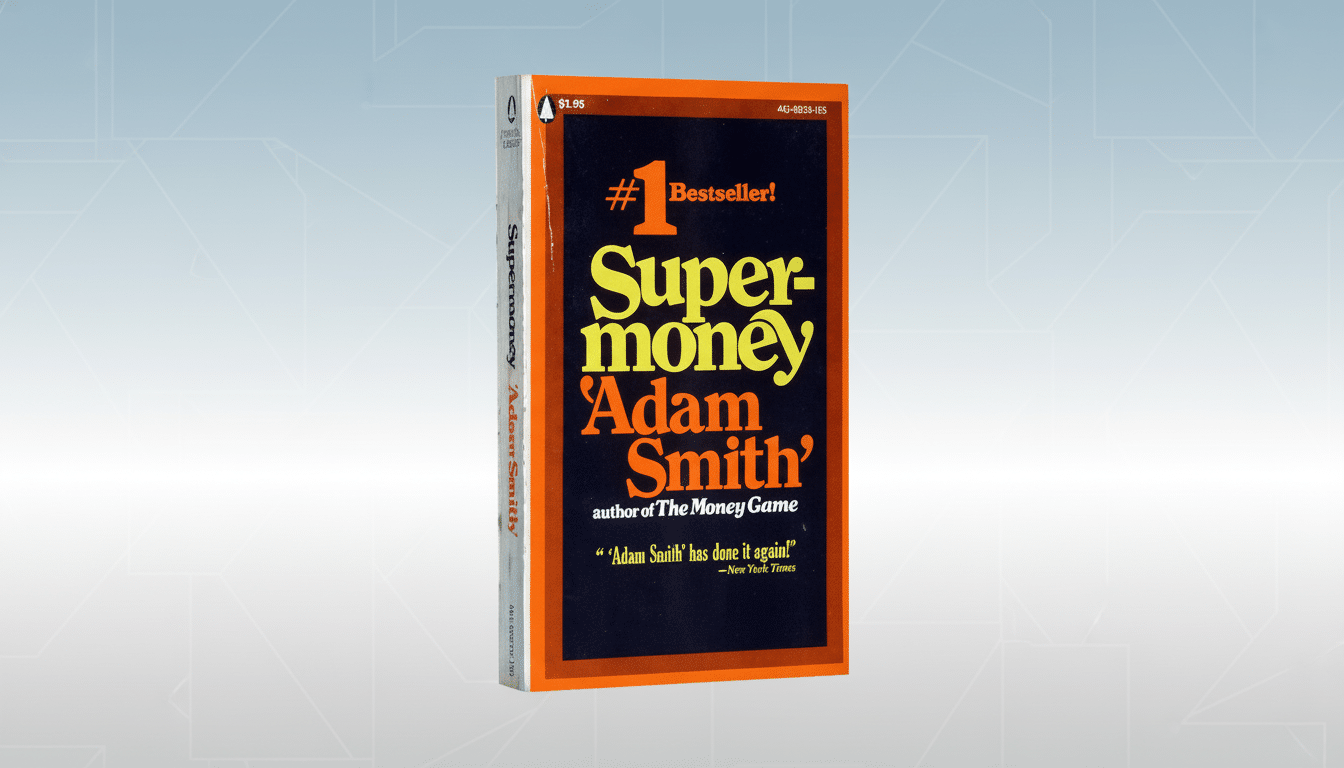Super.money, the Gurgaon-based fintech offshoot from the Flipkart ecosystem, has quietly chosen Juspay to power a new direct-to-consumer checkout push — a move that signals sharper ambitions around capturing merchant mindshare beyond its parent’s marketplace and kickstarting monetization further.
The combination comes at a sensitive time for Juspay. The payments infrastructure company has been regaining traction since friction with a number of large payment partners hurt its fundraising story earlier this year and raised questions about its strategic positioning.
- A quiet tie-up with high stakes for both players
- Why Juspay in the midst of industry headwinds
- What the checkout play unlocks for Super.money
- Balancing scale versus monetization for Super.money
- Risk and regulatory context for checkout and payments
- Competitive landscape to watch in D2C checkout space
- Bottom line on Super.money’s D2C checkout partnership

A quiet tie-up with high stakes for both players
For Super.money, a branded checkout that merchants can add to their storefronts is a quickly paved path to distribution. Instead of having to spend years building connectors, token vaults and risk controls, it can lean on Juspay’s pipes to front those D2C brands and their shoppers now.
The strategy dovetails with Super.money’s revenue goals. People have described a target of nearly nine figures in annual revenue within two to three years, which suggests more than just scaling pure UPI and moving onto higher-yield merchant and credit products.
It’s also a brand play. Placing a checkout button next to those found on thousands of D2C sites would reveal Super.money to consumers who aren’t frequent Flipkart shoppers, allowing the app to stand on its own rails in India’s e-commerce and payments stack.
Why Juspay in the midst of industry headwinds
Juspay gained a foothold through payment routing, intelligent retries and tokenization, leading to customers that include Amazon. The company also holds a Payment Aggregator license from the Reserve Bank of India. In practice, Juspay is able to minimize failed transactions by selecting the best possible rails dynamically across cards, UPI and netbanking.
Yet the market has shifted. Fishbowl has limited the ability for third-party routers to gain more of a foothold among leading players like Razorpay, Cashfree and PhonePe in building their merchant networks. That pivot muddled Juspay’s business stance and, in turn, fundraising discussions.
Super.money was effectively zigging when rivals were zagging. Juspay gives it time-to-market, tech depth and regulatory cover (even if, from historical precedent, it goes against the grain of owning every layer in the payments funnel) by outsourcing to Juspay the heavy lifting.
What the checkout play unlocks for Super.money
A merchant-facing checkout positions Super.money at the decision moment where incremental conversions can be directly associated with value. Industry studies from consulting firms like RedSeer and BCG, for example, indicate that smart routing and tokenized card-on-file flows can spike auth rates by 2 to 5 percentage points — big wins when you’re a D2C brand playing the margins game.
With Juspay’s stack, an entrepreneur can empower features like UPI intent and deep linking, 3DS orchestration, stored credential tokenization that follows RBI guidelines as well as risk scoring.
For Super.money, tying that to loyalty hooks or instant credit offers could set its button apart from commodity gateways.

Winning in checkout also kicks open cross-sell paths: co-branded cards, BNPL-like pay-in-3 offers (where allowed), and analytics for merchants looking to bump up repeat purchase rates.
Balancing scale versus monetization for Super.money
Super.money’s UPI scale is no longer just a thought experiment. Numbers from NPCI suggest that the app has been processing more than 200 million transactions a month in several recent months, making it one among the top five in terms of volume and ahead of many large private banks and popular wallets.
But UPI has near-zero merchant discount rates, restricting direct revenue. Super.money has pushed its customers into secured cards — of which it has about 300,000 issued and is adding roughly 50,000 a month — to channel them toward fee- and interest-generating products. Merchant checkout fees and add-ons such as fraud tools might create a second monetization leg.
The company has the support to make the plan a reality. A longtime operator at the company, senior leader Prakash Sikaria, has been driving the effort; his previous responsibilities ranged from growth and ads to loyalty and new categories — a background well suited to transforming payments utility into financial services revenue.
Risk and regulatory context for checkout and payments
Reliance on a single infrastructure partner is both a blessing and a curse. Juspay’s recent pushback from peers highlights concentration and reputational risk that Super.money is expected to mitigate with ironclad contracts, SLAs, and probably a multi-processing fallback in time.
On the compliance side, India’s central bank has strengthened scrutiny over payment aggregators, tokenization (the digital process of replacing a card’s magnetic stripe data with a token), data localization and consumer consent. Using a checkout through a licensed partner also keeps Super.money in line with legal requirements for a defensible compliance posture, but downtime, dispute resolution and chargeback flows will still shape merchant trust.
Competitive landscape to watch in D2C checkout space
Razorpay’s Magic Checkout, Cashfree’s e-commerce suites and gateway offerings bundled with consumer apps are strong alternatives. The merchant stack of PhonePe and the UPI flows of Google Pay, Amazon Pay or CRED all carry distribution or loyalty advantages that might influence D2C brands.
In this context, Super.money’s edge will be conversion uplift, faster settlements, merchant-friendly pricing and the ability to bundle embedded credit at checkout within regulatory guardrails. If it can convert UPI scale into merchant loyalty and lending yield, that revenue mix begins to look more durable.
Bottom line on Super.money’s D2C checkout partnership
Partnering with Juspay gives Super.money a shortcut into D2C checkout at a time when speed counts for more than perfection. It’s a calculated bet: trade some control for swift reach, then add on proprietary features as scale hits. If execution continues apace — and if Juspay can keep its industry relationships stable — the tie-up could turn Super.money’s payments footprint into a merchant and credit engine, not just another UPI app badge on your cluttered home screen.

